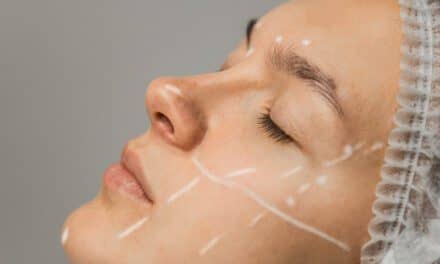By Emily P. Walker
Although the FDA is trying to get makers of silicone gel breast implants to collect better follow-up data, the results are falling woefully short, according to testimony heard during the first day of a two-day meeting of the FDA’s General and Plastic Surgery Devices Panel.
In 2006, the FDA broke a 14-year moratorium on silicone implants by approving two new models, one made by Mentor and one by Allergan. The approval was controversial because critics of silicone implants said there wasn’t enough evidence that the implants were safe in the long term.
To study how the implants held up longer-term, the FDA ordered Mentor and Allergan to perform an array of follow-up studies — some of which won’t end until 2016. The studies involve 80,000 implant recipients — 40,000 for each of the two brands — who will be followed for a decade.
Other mandated follow-up studies include an effectiveness study of thousands of women who’ve already received the implants; focus groups; a device failure study for which researchers analyze implants that were removed; a lengthy patient survey; and a large post-approval study with a new group of women.
In addition, the implant makers must survey a random sample of 50 plastic surgeons on their decisions regarding breast implants.
But so far, Allergan has mustered only about a 60% follow-up rate after two years for its studies — far short of the goal of 93% — and only one in four patients who received a Mentor implant were followed up after two years.
Follow-up rates for women who received the implants for purely cosmetic reasons are much lower than those for women who received implants as part of reconstructive surgery following a mastectomy.
A scientist with Allergan explained that follow-up rates are low in both groups because women who have had implants for cosmetic reasons are wary of participating in follow-up because they’re unsure of why the implant company needs so much data, and women who had implants after mastectomy just want to move on and don’t want to be reminded of having cancer and reconstructive surgery.
William Adams, MD, an associate plastic surgery professor at University of Texas Southwestern Medical Center in Dallas and an investigator in Allergan’s trials, explained that follow-up with many women who’ve received implants is difficult and the studies don’t get a representative sample of women.
"The ones who don’t come back are doing well," he says, so those who do come back for follow-up visits, participate in focus groups, and fill out surveys are skewed to include those who are unhappy with their implants.
The FDA presented data that found most women who receive breast implants report that they are happy with their implants after eight and 10 years.
The FDA also recommends that women with implants get a breast MRI three years after receiving the implants and every two years thereafter to screen for ruptures — even if the woman is having no problems with her implants — but rates of the screening MRIs have been low. Not all insurance companies cover MRIs if there’s no physically apparent problem, and most women aren’t willing to pay for an MRI out-of-pocket.
More.
[Source: Medpage Today]




